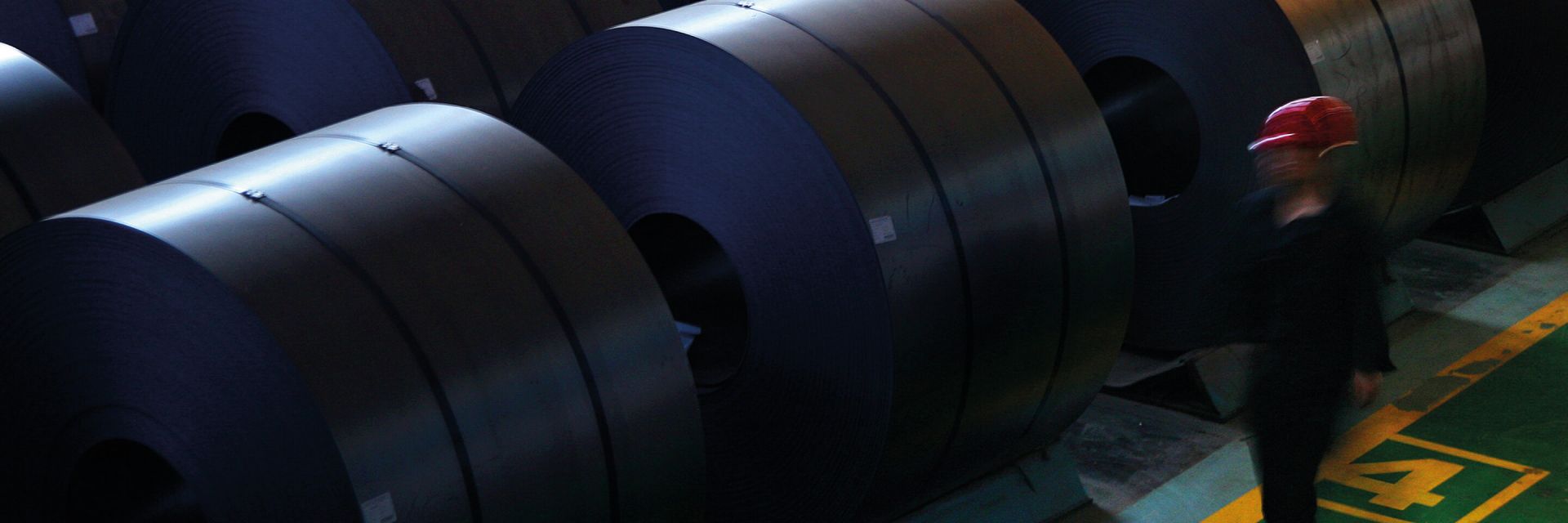
Market Perspectives June 2019
Investment experts from Barclays Private Bank analyse intensifying geopolitical tensions hitting economic growth expectations.

07 June 2019
By Gerald Moser, Chief Market Strategist
Several economic studies suggest that the current trade war between the US and China could lead to higher inflation.
Reports conducted by independent institutions, such as the National Bureau of Economic Research or regional Federal Banks in the US, suggest that imposing a 25% tariff on all Chinese imports would likely increase US inflation by 50 basis points (bps) to 100 bps in the short term. This conclusion is based on analysis conducted after the first wave of tariffs in 2018, which impacted products such as solar panels, washing machines and steel.
Imposing a 25% tariff on all Chinese imports would likely increase US inflation by 50 bps to 100 bps in the short term.
When tariffs are imposed on finished goods, consumer prices for this product will likely increase to compensate, at least partly, for the higher cost of import. For example, in January 2018, the US imposed 20% tariffs on the first 1.2m washing machines imported, with tariffs on all additional imported washing machines being imposed at 50%. In the ensuing months, the US laundry equipment inflation jumped by around 15% as companies passed on some of the costs of these tariffs to the consumer.
Similarly in 2018 steel prices rose, giving some insights into the impact on inflation from increased import duty on intermediary goods. In this case, companies which buy steel as an intermediary good in their production process had to choose between either increasing the cost of their final products, passing it to their consumers, or lower their margins and absorb it themselves. It seems that a majority of the extra costs were passed on to the consumers.
The 2018 tariff increases also shows that Chinese companies were reluctant to slash margins to remain competitive and instead took the risks of losing market share. And while Chinese imports to the US fell modestly initially, they did not collapse until early 2019. This is because domestic producers also increased their prices. For example, with the tariff on steel increasing the cost of steel coming from abroad, US steel producers could also increase their prices.
As both price and cost increased proportionally, margins remained relatively healthy and firms remained competitive. In such a scenario, the impact of higher prices falls on consumers.
We recommend looking for companies with a strong brand, pricing powers and product demand not dramatically affected by a price increase. We also see opportunities in US inflation-linked bonds.

Investment experts from Barclays Private Bank analyse intensifying geopolitical tensions hitting economic growth expectations.

Barclays Private Bank provides discretionary and advisory investment services, investments to help plan your wealth and for professionals, access to market.
This document has been issued by the Investments division at Barclays Private Banking and Overseas Services (“PBOS”) division and is not a product of the Barclays Research department. Any views expressed may differ from those of Barclays Research. All opinions and estimates included in this document constitute our judgment as of the date of the document and may be subject to change without notice. No representation is made as to the accuracy of the assumptions made within, or completeness of, any modeling, scenario analysis or back-testing.
Barclays is not responsible for information stated to be obtained or derived from third party sources or statistical services, and we do not guarantee the information’s accuracy which may be incomplete or condensed.
This document has been prepared for information purposes only and does not constitute a prospectus, an offer, invitation or solicitation to buy or sell securities and is not intended to provide the sole basis for any evaluation of the securities or any other instrument, which may be discussed in it.
Any offer or entry into any transaction requires Barclays’ subsequent formal agreement which will be subject to internal approvals and execution of binding transaction documents. Any past or simulated past performance including back-testing, modeling or scenario analysis contained herein does not predict and is no indication as to future performance. The value of any investment may also fluctuate as a result of market changes.
Neither Barclays, its affiliates nor any of its directors, officers, employees, representatives or agents, accepts any liability whatsoever for any direct, indirect or consequential losses (in contract, tort or otherwise) arising from the use of this communication or its contents or reliance on the information contained herein, except to the extent this would be prohibited by law or regulation.
This document and the information contained herein may only be distributed and published in jurisdictions in which such distribution and publication is permitted. You may not distribute this document, in whole or part, without our prior, express written permission. Law or regulation in certain countries may restrict the manner of distribution of this document and persons who come into possession of this document are required to inform themselves of and observe such restrictions.
The contents herein do not constitute investment, legal, tax, accounting or other advice. You should consider your own financial situation, objectives and needs, and conduct your own independent investigation and assessment of the contents of this document, including obtaining investment, legal, tax, accounting and such other advice as you consider necessary or appropriate, before making any investment or other decision.
THIS COMMUNICATION IS PROVIDED FOR INFORMATION PURPOSES ONLY AND IT IS SUBJECT TO CHANGE. IT IS INDICATIVE ONLY AND IS NOT BINDING.
